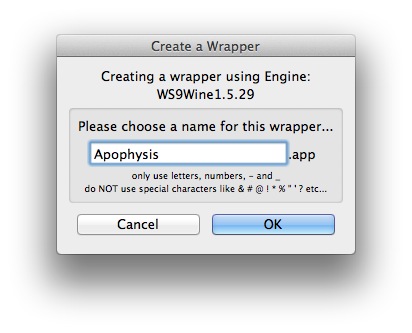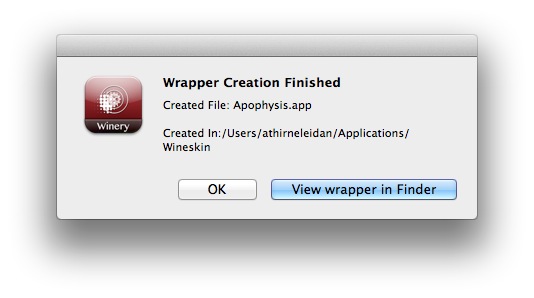When the right application is available only for Windows machines, the question arises before the machine: how to run this program on the Mac? Strangely enough, but for many utilities and even not very old games the best option is a free Wineskin emulator. Without going into technical details, let’s look at how to use it to run some Windows program on the Mac.
Install Wineskin and track updates
Although Wine is an open-source project that rooted in Linux systems, its Mac version is quite handy and allows you to easily and quickly port for OS X very many programs (although not all).
From the official Wineskin website, download the Wineskin Winery application – this is the porting manager for Windows programs for OS X. After unpacking the downloaded archive, transfer it to the folder Applications and run it.
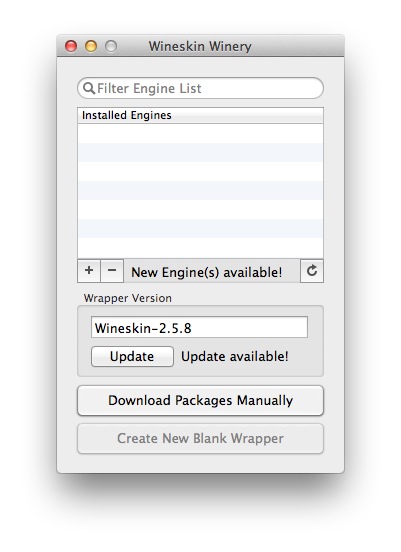
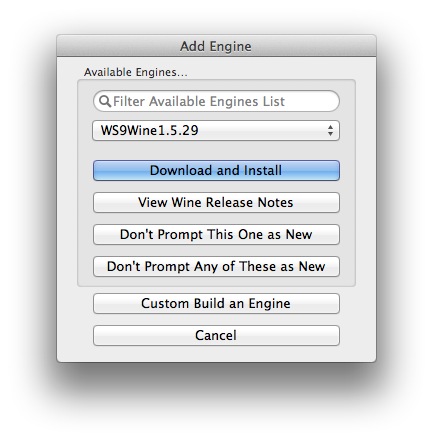
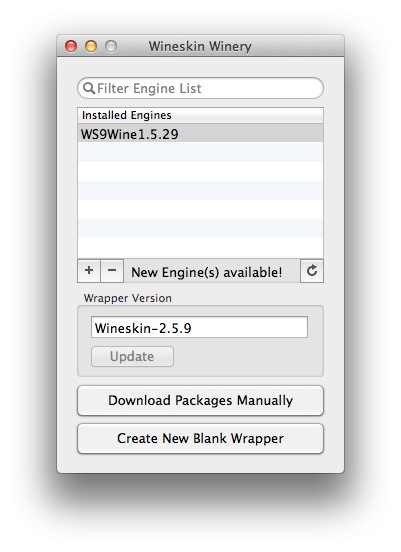
In the main window, always pay attention to the inscription New Engine (s) available! (“New engines are available!”) And whether a button is available for a click Update(“Update”) in the group Wrapper Version (“Shell version”). Please click on the button to download the latest fixes and add-ons. Under the list of installed engines (Installed Engines), which by default will be empty, press the + button. In the new window, the newest engine will be selected at once, download and install which can be clicked on the button Download and Install.
After that, the list of engines will no longer be empty: it shows the newly installed engine. And now you can create a workpiece for porting the required Windows-program.
Creating an empty shell
Only if there is at least one installed engine in the main Wineskin Winery window will be available button Create New Blank Wrapper (“Create an empty shell”). Click it.
Enter the name of the program, click the button OK and wait until Wineskin creates a new application: a window appears in which you should click the button View wrapper in Finder (“View Shell via Finder”) – the “Finder” window opens with a folder~ / Applications / Wineskin, in which you will find the shell application you just created.
Placing a Windows program inside the Wineskin shell
Start the created program by holding down the option: so you open the installation manager and configure the required Windows-application inside the Wineskin shell.
In the main utility window, click the button Install software (“Install the application”), and now you essentially have two options: run the installer (and go through the standard installation procedure for Windows programs) or place it inside the shell, on the virtual C: drive, an application that does not require installation.
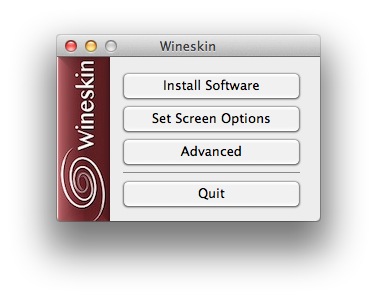
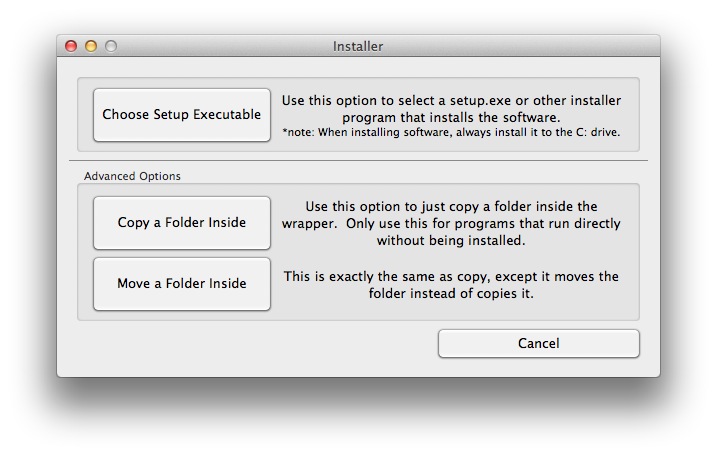
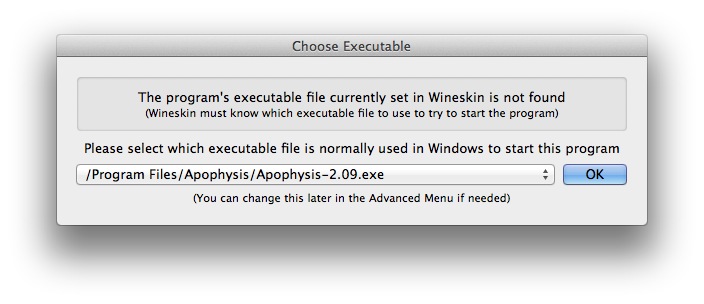

For example, take the editor of fractals Apophysis. The downloaded EXE file does not need to be installed – it’s a ready-to-use program. Place it inside a new folder and go back to the Wineskin window by clicking either the button Copy a Folder Inside(“Copy a folder inside”), or a button Move a Folder Inside (“Move the folder inside”). The difference between these buttons is obvious – I would choose the second option, so as not to leave anything superfluous in the OS X boot directory.
After that, Wineskin will prompt you to choose which executable file should be opened when the shell starts. It is clear that this is the only “executable” that has just been moved inside the shell. After confirming the selection, you will return to the main window of the Wineskin configuration manager. Press the button Quit (“Exit”), and in the Finder window, go back to the folder where the new shell program is located.
Now double-click this shell – in a few moments you will see the “vindovy” interface of the Apophysis editor, ready for work.
Configuring a Windows application inside the Wineskin shell
Finally it is necessary to say about the button Advanced in the main window of the Wineskin configuration manager. Typical user it may be needed to bind to a ported program of any icon (in the lower right corner of the tabConfiguration). Advanced users through tabs Tools and Options can configure both Windows environment settings and application interaction with the Mac system. If you do not quite understand what is at stake, it is better not to touch anything there.
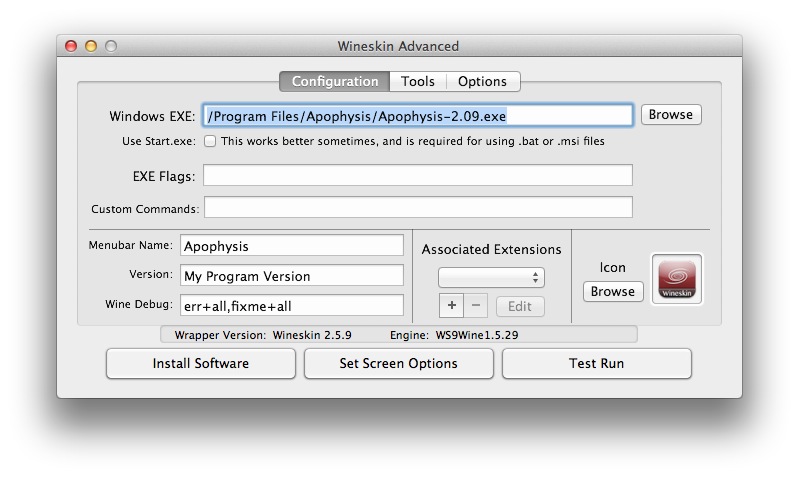
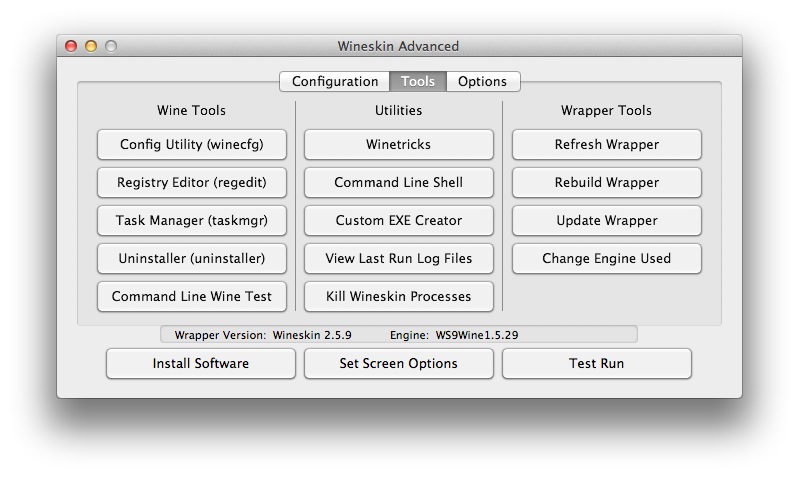
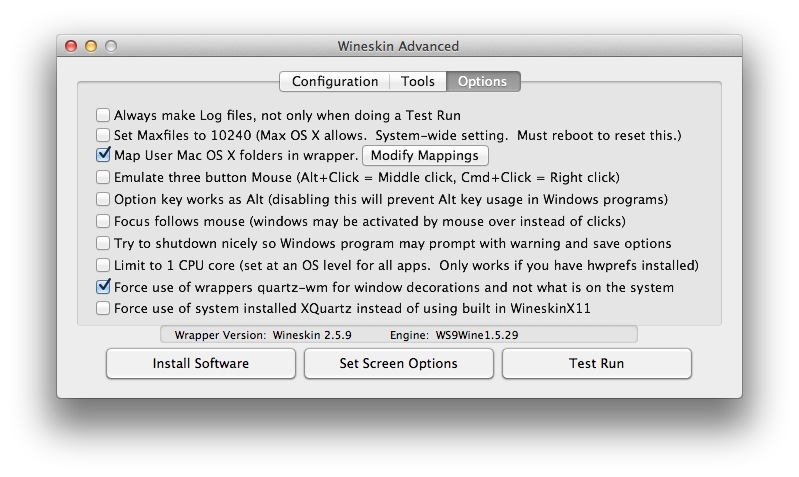
To the mistress of the note: Remember that along with the ported application inside the Wineskin shell, there are software components that provide emulation of the Windows environment. Therefore, the size of the “dummy” application can significantly differ (sometimes many times) from the size of the same program in its native Windows environment. For example, the “weight” of Apophysis itself is only 1.3 MB, and its ported version draws almost 380 MB. However, this is much less than a full-fledged Windows, which requires more than a dozen free gigabytes for its work.

